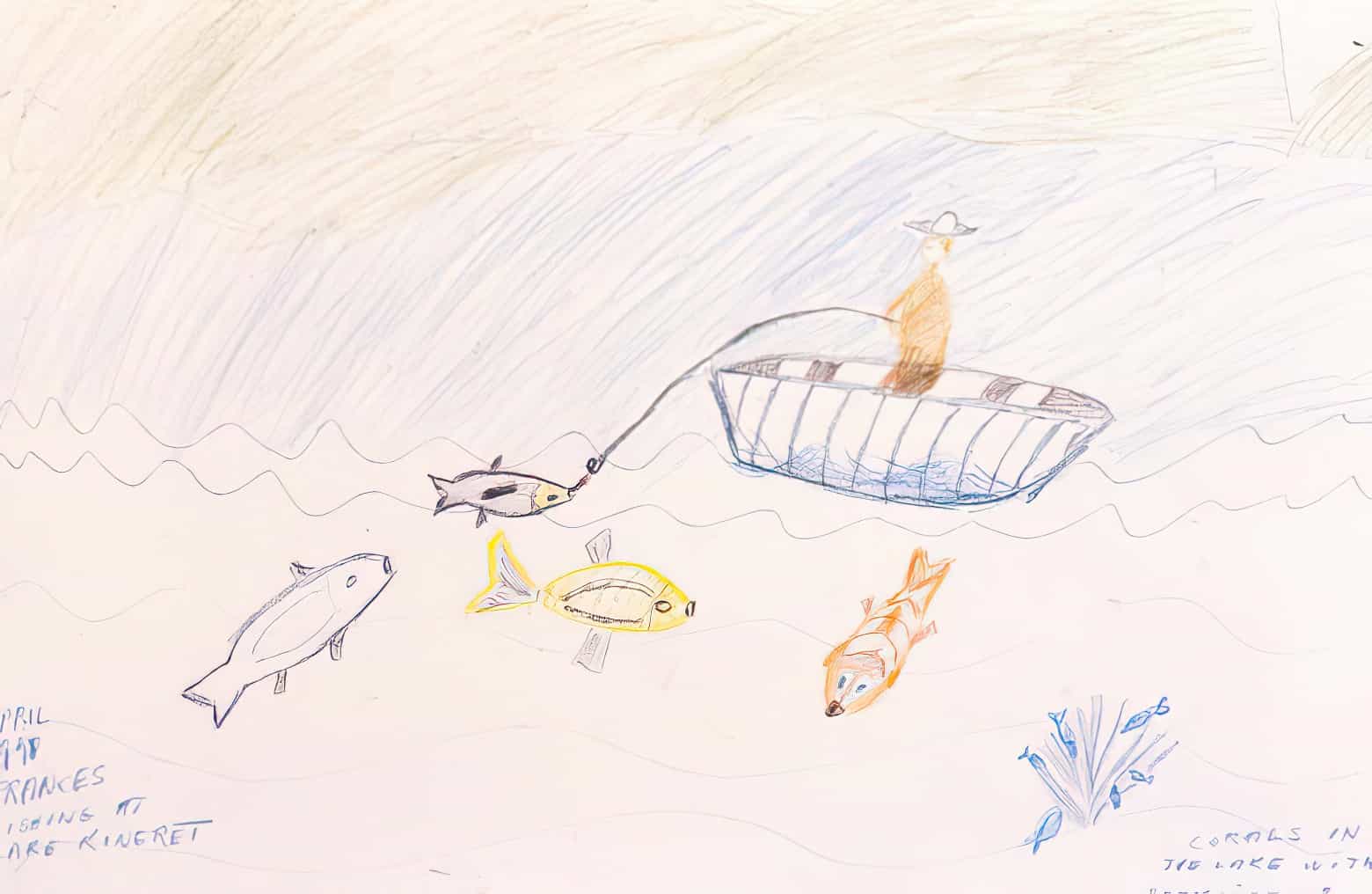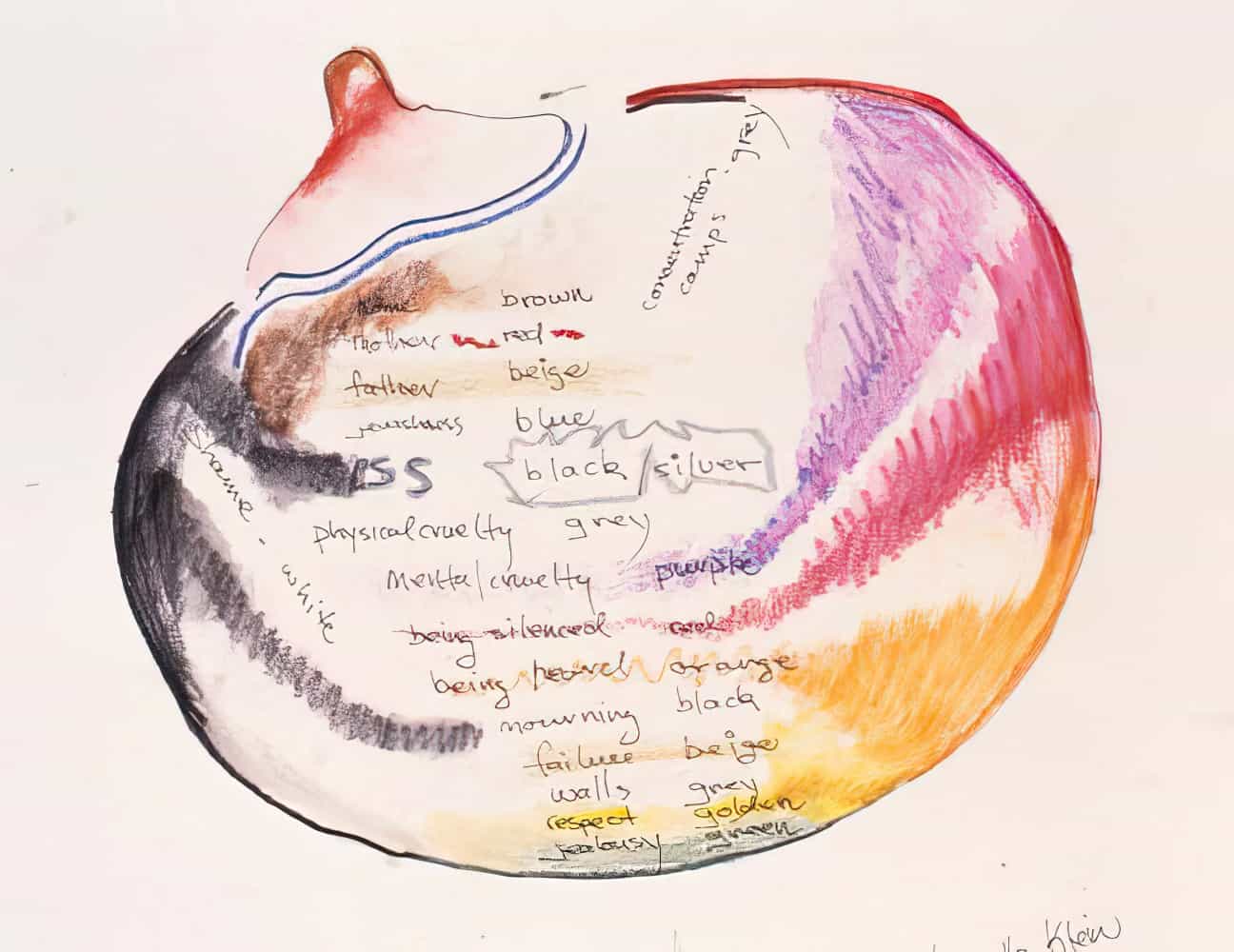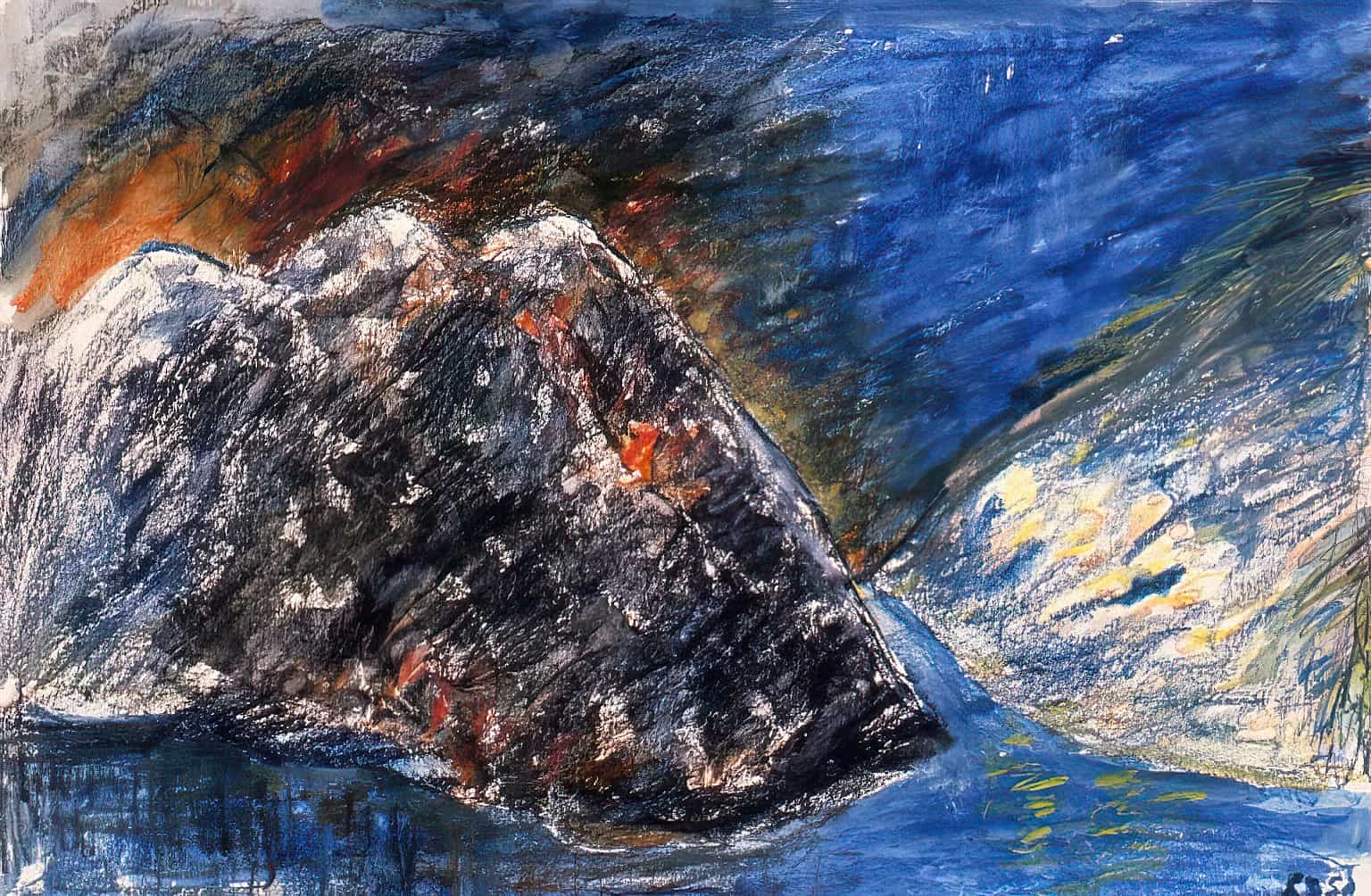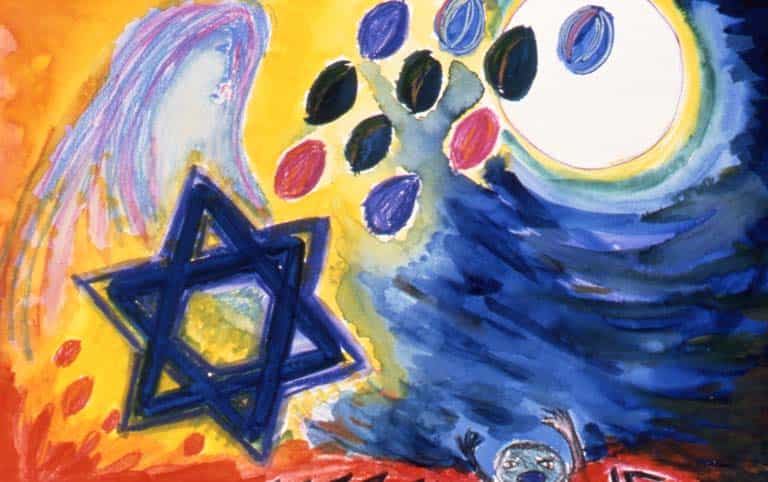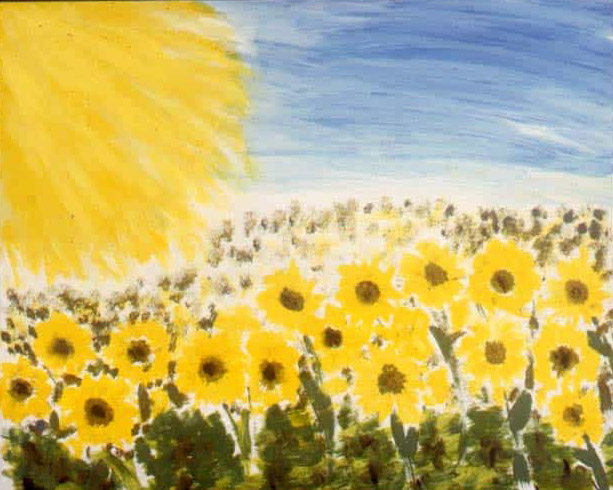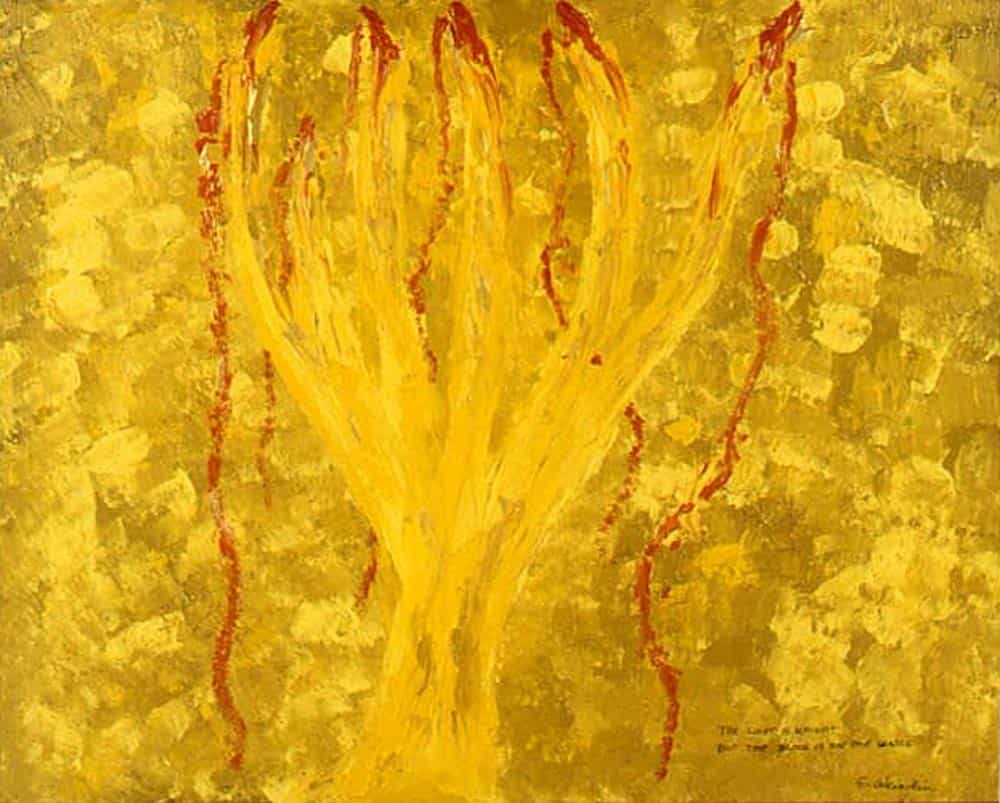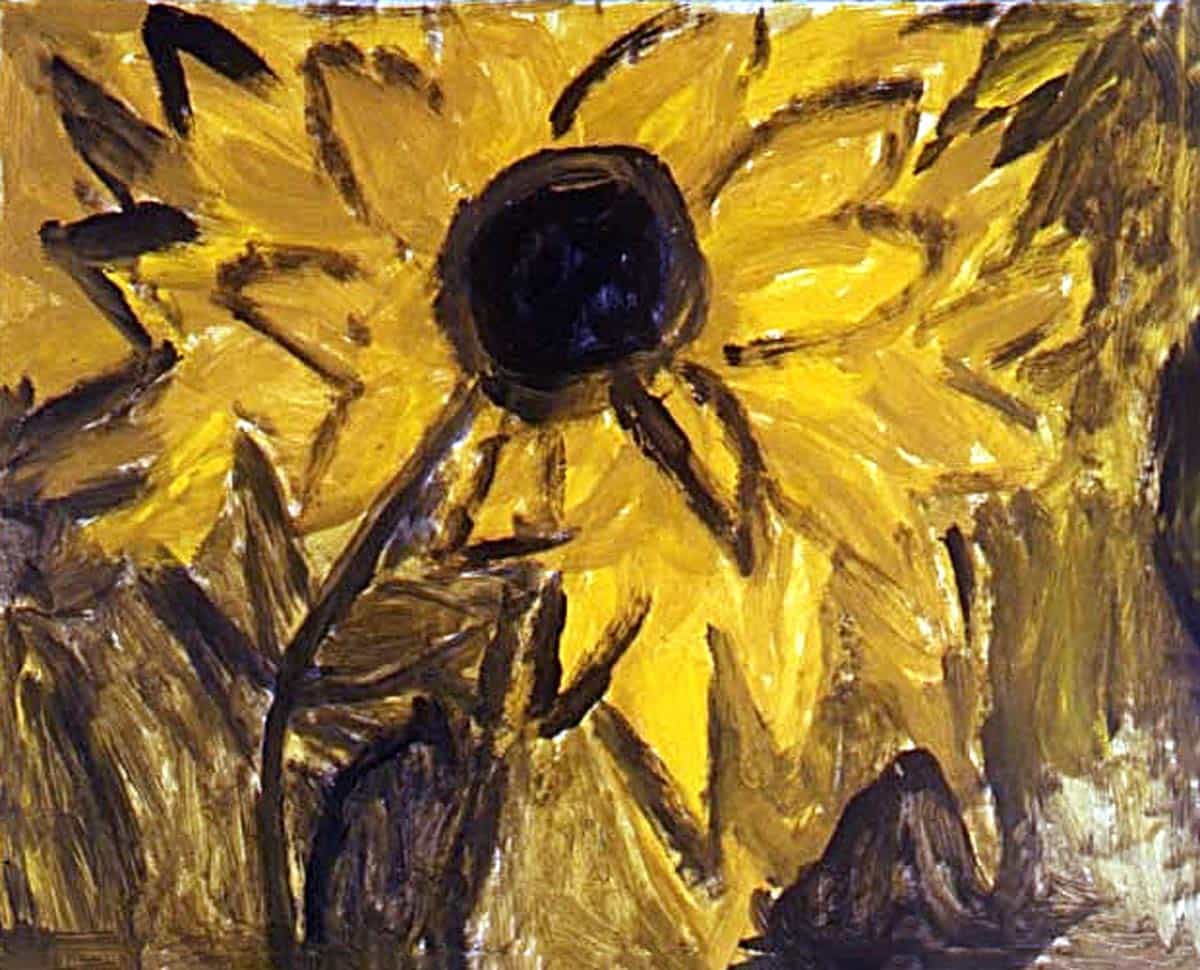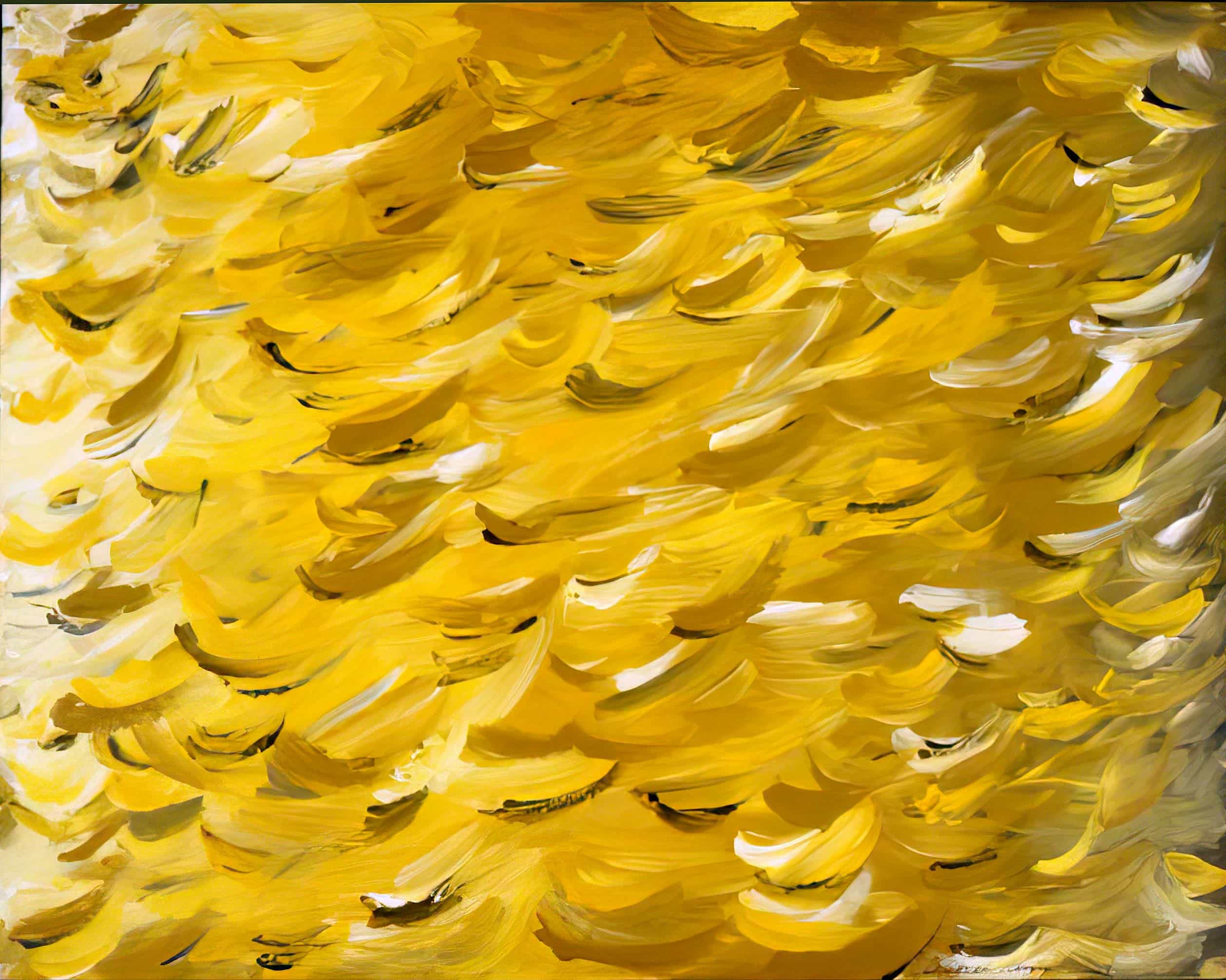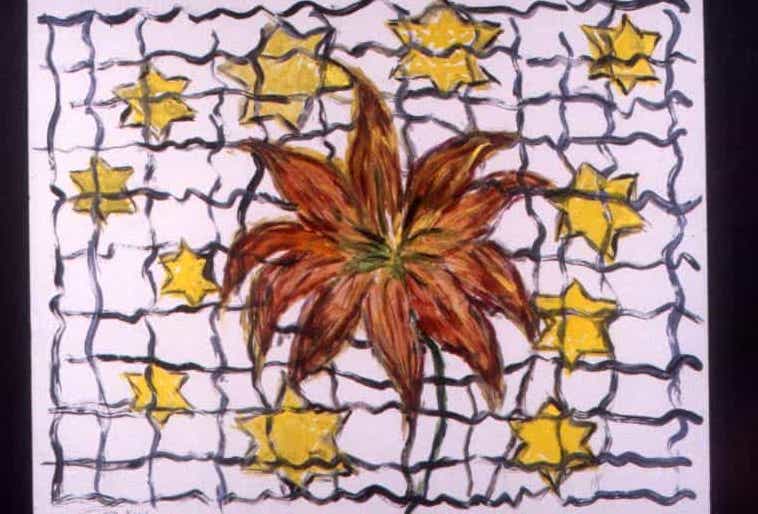The Gesher Project
The Gesher Holocaust Project ventures into the shadows of cultural trauma, kindling hope through the radiant power of poetry, art, and shared narratives.
My quest for understanding has led me near to the bottomless abyss of the Holocaust. On this phase of my light-seeking journey, I worked with others to take down barriers between disciplines and to mix mediums as an elixir that would aid in confronting the burden of absorbed cultural trauma.
Creating the Gesher Project
My friend, writer Dale Adams Segal, invites me to meet with her and psychologist Alina Wydra to pursue the idea of a project to facilitate greater communication between the Jewish generations impacted by the Holocaust. Our preliminary meetings soon evolve into highly energized work sessions while we gain gnosis—a deepening knowledge of our shared cultural legacy.
With Reisa Schneider as project coordinator and scribe, we began to interview participants for what had evolved into our intergenerational Gesher (meaning “bridge” in Hebrew) Holocaust Project. This pioneering venture would come to include three first-generation survivors, who directly experienced Nazi persecution; five child survivors, who endured the terror and loss of being separated from their families as children; and ten second-generation children of survivors, who were impacted by 198 luminous the terrible suffering their families endured. Rather than taking testimonials, our approach as facilitators would be thematic, with the goal of fostering dialogue between the generations through talking, writing and artmaking.
Poetry and Treasures
The intergenerational Gesher Holocaust Project began each meeting in the project room at the Louis Brier Home and Hospital for the aged with a symbolic ritual of lighting Alina’s mother’s candelabra. This immersed us in yellow-orange warmth while we linked arms, rocked gently and sang a poem by Rebbe Nachman of Breslov: “The whole world is a narrow bridge, and the essential thing is not to fear at all.”
For our first meeting, I asked participants and facilitators to each bring a treasure from their past to share with the group. These included photographs, a memory, a plate, a story, a family book, a ceramic frog, newspaper clippings and a poem. By really listening to each person speak about their treasure, we were, from our beginning, creating a bridge of vulnerability and empathy together.
Creative expression
We then revealed more treasure as we painted, wrote, and processed the themes created by Alina, which included family, memories, darkness, survival, normalcy, guilt, and numbed emotions. With growing trust, the weighted silence between the generations began to lift, while the pauses between words became a respected transitional medium that breathed reverence into each difficult telling. At times, a survivor could speak with more ease to a child of the next generation who was not their own, and a child of a survivor could ask a painful question that they felt could bring anguish to their parents. Our Gesher group was becoming a family.
A shared canvas
An enormous orange October moon brazenly sat on my studio roof in advance of the first planned Gesher art project. It was now bouncing about in the Louis Brier Home, climbing on tables with participants and swelling with creativity. Closing their eyes, participants each envisioned a colour or image, such as barbed wire and stones, that they then painted across the midsection of their portion of an eighteen-foot-long canvas to physically bridge all eighteen of them together.
As facilitators, we were succeeding in the alchemy of creating a dynamic flow of energy between the painting, writing, and telling, while participants entered into the cave of their unconscious and courageously mined the depths of their individual histories. With Dale’s guidance, they wrote poetry and then painted on a particular theme, such as the colour yellow and darkness. Paintings on the theme of darkness included a smokestack, a forced march, a bleeding menorah, and a screaming mouth.
Frances, a survivor, could not paint the profound darkness she had suffered. After leaving the room for moments, she returned to paint herself fishing in the Sea of Galilee instead.
Containers of memory and healing
Participants created a visual container in which to place strokes of varying colours beside impactful word associations. This provided a means to examine these word–colour associations within a safe boundary. Then on a communal canvas, participants wrote the names of perished family members beside their own hands’ lifelines. One person made his handprint into an angry fist, while another turned his fingers into candles.
The energy and vitality of creativity can take us from simply existing in survival mode to becoming inspired. The act of creation, embodying thoughtful control, exploration, self-esteem, and personal power, fittingly represents the profound and powerful mixed-media works of art that resulted from this group of astonishing participants. Each artwork is a remarkable statement of loss and endurance, and each is profoundly impactful.














